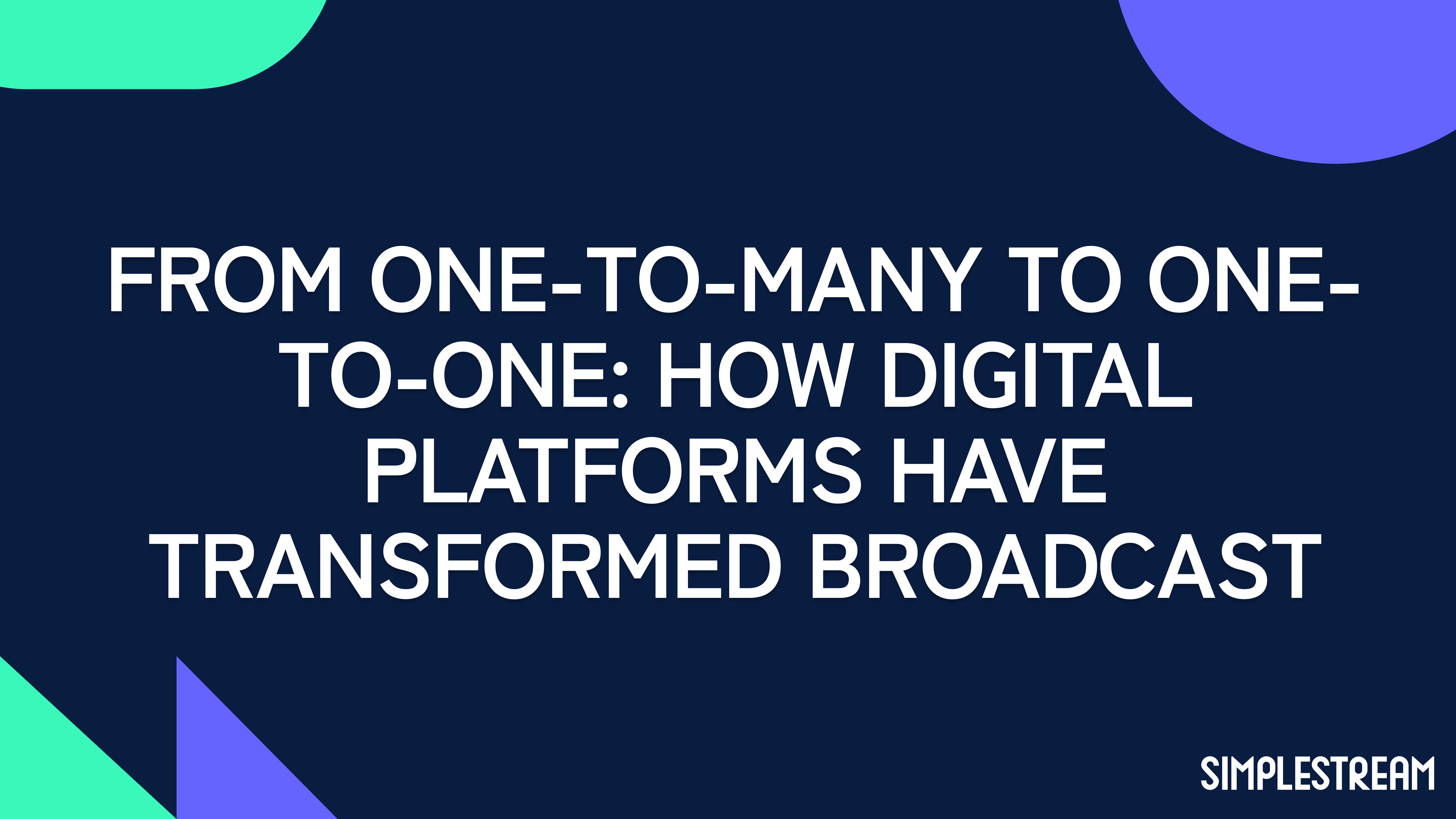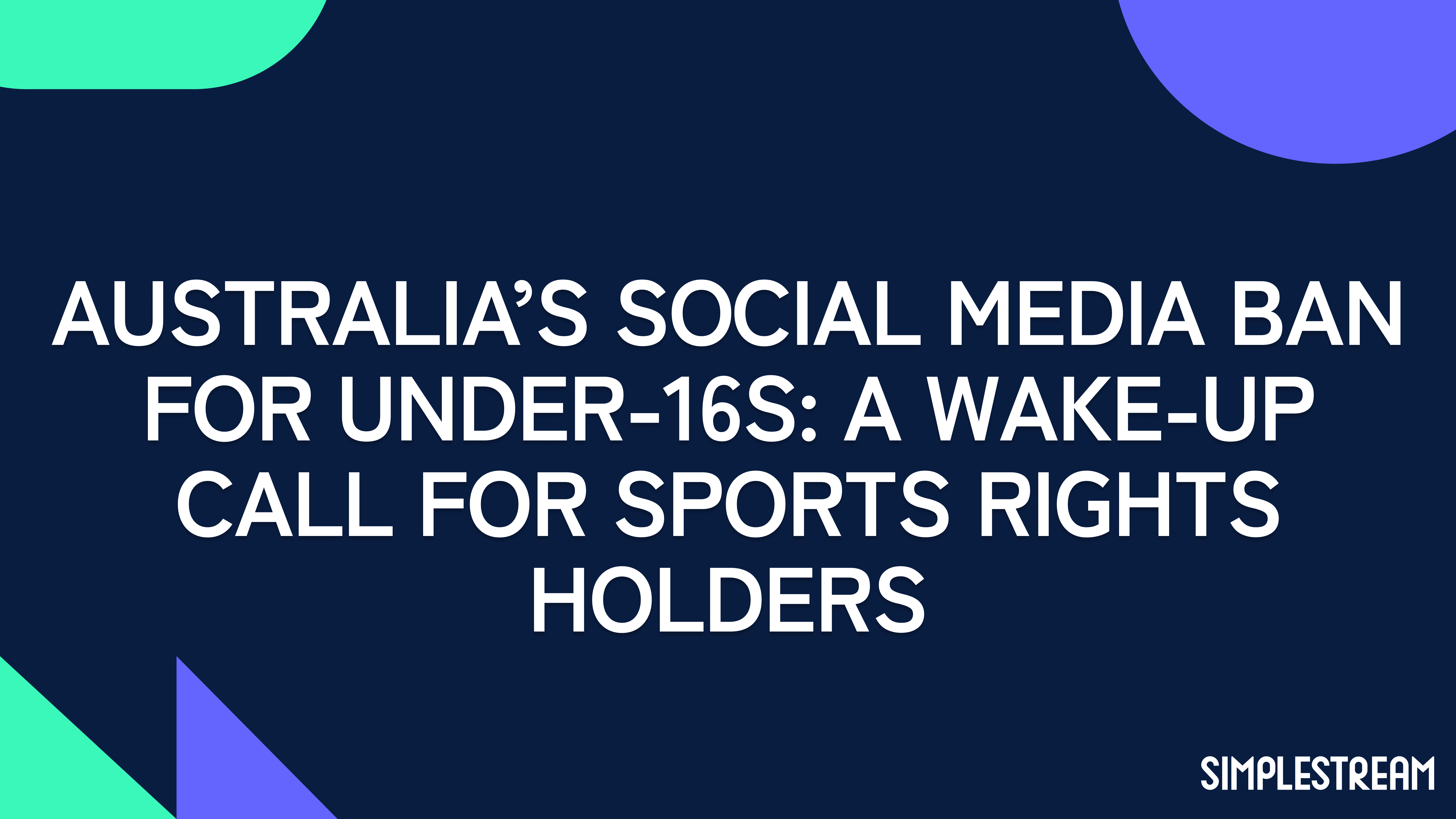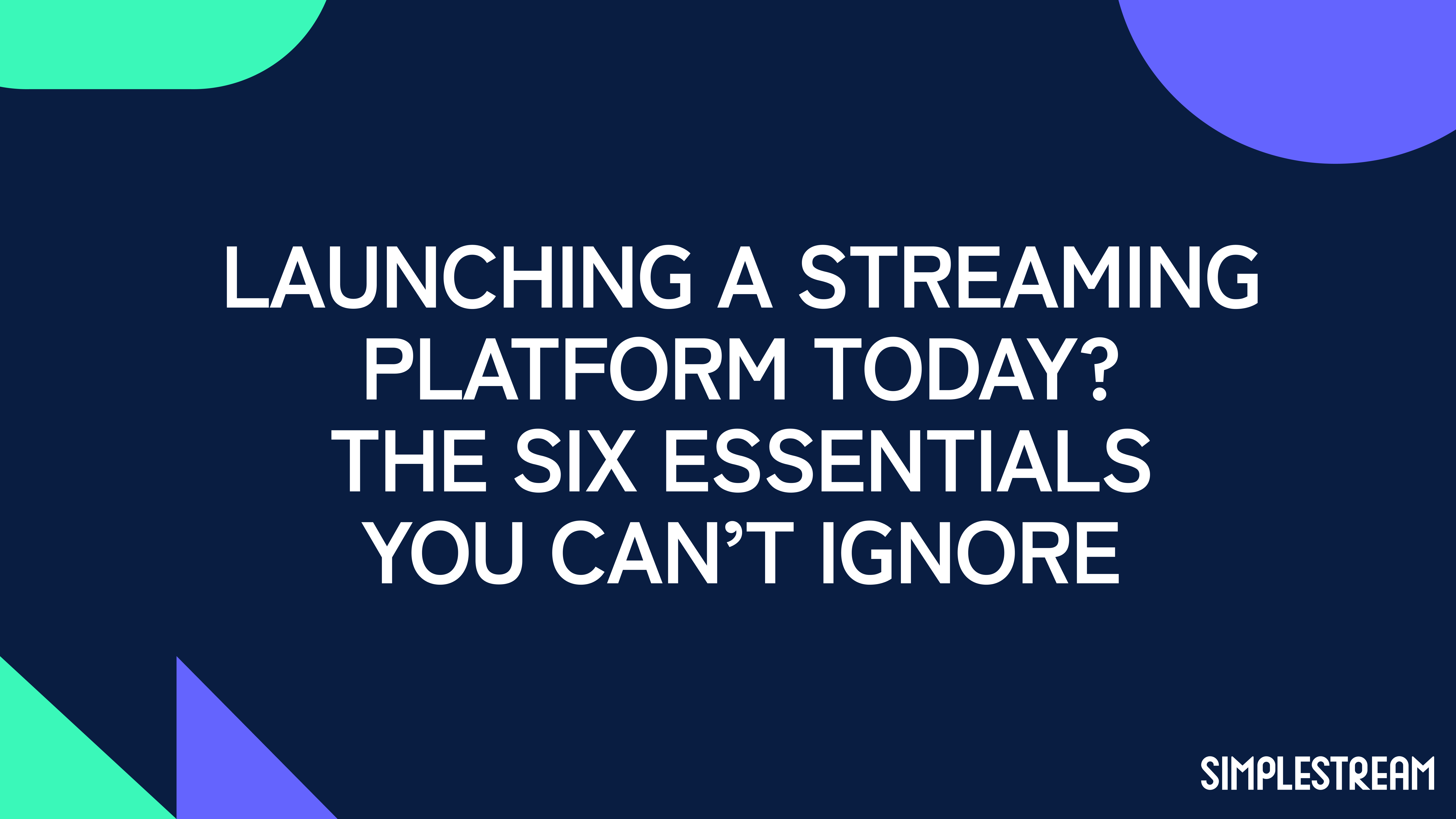How effective is gamification?
Gamification is a proven method to increase business revenue when implemented correctly. In this piece, we cover how sectors such as retail and sports have used gamified experiences successfully.
It can feel like playing Russian roulette with your time when using a social media app: one funny video and suddenly 20 minutes (or more) have passed. This is a real problem for businesses as people have access to so much content that it’s difficult to stand out with this level of competition for increasingly shorter attention spans.
What if there was a better way?
It’s not only the content but the platforms that keep people engaged. Including game elements can help to increase the engagement of users, which has a direct effect on revenue. The gamification market alone is worth $18.63 billion as of 2023, so tapping into it could be fruitful. Read on to find out how different sectors have used gamification successfully.

Retail changed the game
Shopping experiences have been predominantly online for most people for a while now, but 'gamified retail’ started far before the Internet. Loyalty card schemes are one example, with one of the earliest examples being Schuster’s Department Store in 1891 (they offered stamps).
A more recent example of gamification in retail is the Starbucks Rewards programme. Calling its loyalty scheme a runaway business success wouldn’t be a stretch as the company reported that it contributed 43% of its revenue in 2021. Members collect points in their app to redeem beverages and even merchandise in-store, which is a gamifying the purchase experience for their customers.

Building sports communities
The fan experience has always been about being immersed in the action while surrounded by like-minded supporters. Taking this experience to the fan has been a challenge that’s continually evolved with available technology. Getting closer to the action with multiple camera angles, and now watch parties so that friends and families can watch together from the comfort of their own homes. Gamification has sat at the heart of sports as another means to immerse.
Examples of this include companies such as LiveLike, which deliver a range of options to engage sports fans. Live chats, badges, and watch together can help to engage supporters from home by bringing them together as communities.
Publishing meets social media
For those who read, deciding which book to dive into next can be tricky. Some rely on recommendations or enjoy picking up a mystery book while browsing. For the publishing industry, this is an inherent challenge when getting their media to audiences, made tougher in a world filled with the noise of ad-infested social media. Clickbait articles worked for tabloid press for a while before TikTok took over, so what’s next?
Taking Goodreads — the social network for book lovers — as an example, they gamified the experience for their users by giving them the option to set a reading goal for the year. The platform itself serves as a network for users to share reviews and recommendations for the books they’ve read, and in turn, receive personalised recommendations for their next read based on this data. However, the gamification lies in the social influence that readers experience when checking in on their friends’ reading goal and comparing this with their own progress. The app will also encourage users to read more based on their progress and whether they’re on schedule to complete their challenge.

In short, yes, it is
Gamification can be an effective method for businesses to engage their customers and build loyalty. It’s dependent entirely on the content that the business provides though, especially with OTT media delivery. Incorporating gamified elements, such as a rewards or loyalty scheme like Starbucks or social challenges like Goodreads can help to keep people hooked into the platform and content.
The data which a business can gather from individual users through these gamified elements can also be repurposed to serve better recommendations, or even to monetise the platform with personalised advertising (only with opt-in from the user, of course). If you’d like to find out more about how to gamify an OTT service, check out our guide here.


